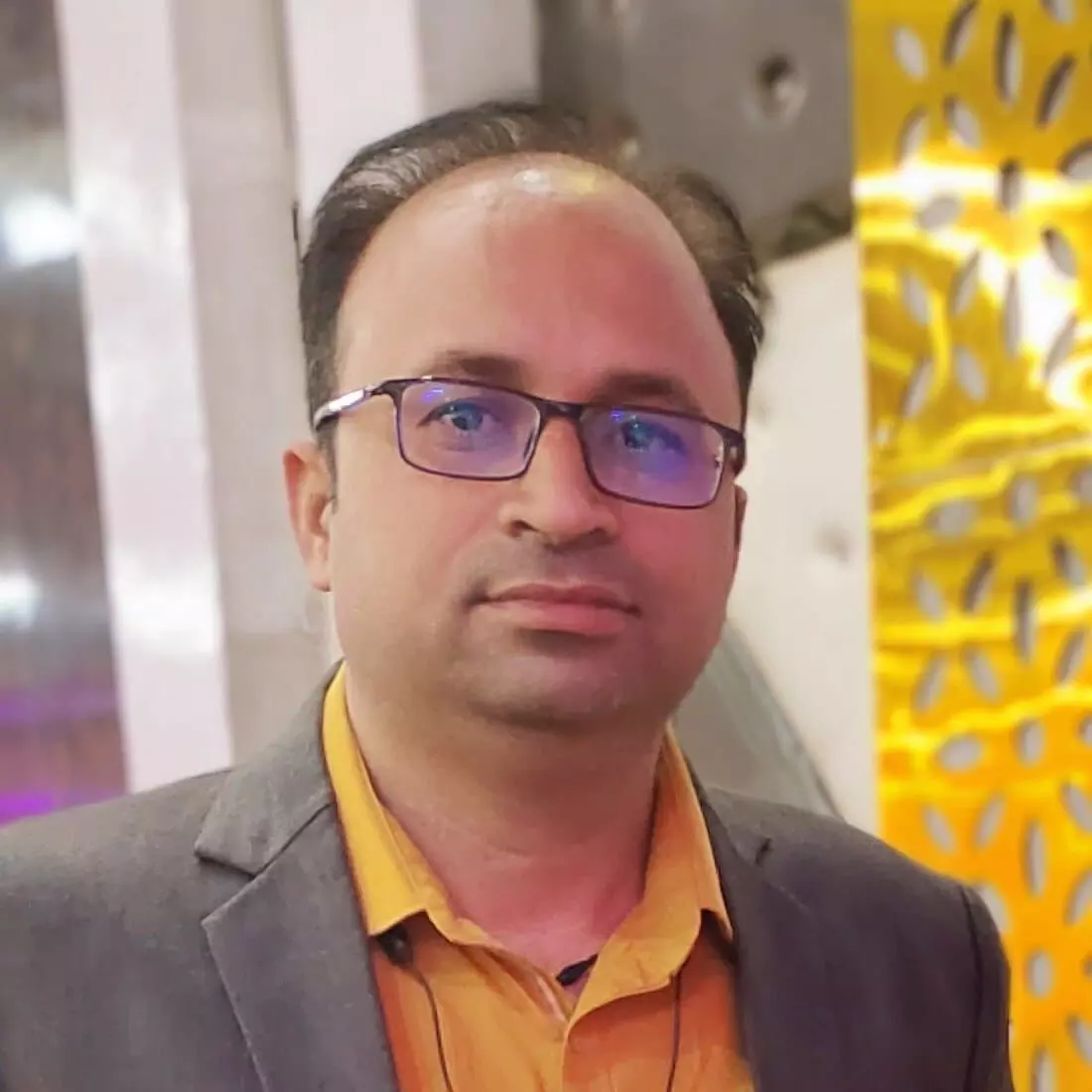The Rise of Web Journalism: A New Media Culture in the Digital Age

Samvad program organized by the Web Journalists Association of India (WJAI) was addressed by Uday Chandra Singh, former output editor of NDTV and manager of MyGov India, as the keynote speaker late last evening. The topic of the third episode of “Samvad” organized through virtual medium was 'The birth of a new media culture.'
Addressing the Samvad, Uday Chandra Singh, honorary member of WJSA of WJAI, said that seminars are often organized on the topics of journalism in metros, but nothing like this happens in the case of web journalism. Today, the role of web journalism is very big in remote areas, so it is important for them to know and understand how web media is changing the scenario of the country and the world today. He said that today new media has made a strong place, but still we need to know some laws, rights and technology, especially copyright. Today is such a time that we will have to think that we can tell new journalists what and how to do.
He said that today web media has given birth to a new media culture. In today's time, people of TV journalism are not able to digest web journalism. Even in today's time, web journalists are considered third-rate journalism. It was not easy for web journalism to come and make its mark amidst the established ground of print and electronic journalism. Earlier we used to read newspapers or watch our favorite shows on TV. Earlier news was available only on TV, whereas now it is in your hands. Web media has also provided readers an opportunity to give their reaction on the news.
Web journalism in India
Keynote speaker Uday Chandra Singh thanked N Ram for starting web journalism in India and said that in 1995, he brought the e-edition of his newspaper for the first time. After that, big media houses also came in this direction. In no time, Times of India came to know that 20 percent of our circulation has decreased and its customers have moved to the Internet. The result of this is that today many big media houses charge you for their e-edition as well.
Common man is also a journalist
It is often seen that print and electronic media often run one-sided news, then there are expectations from web media that it will talk about both sides. Today common man is also a journalist. Some things are recorded and put on social media and easily reach the common man. Digital media played an important role during the time of epidemic like Corona and delivered all the necessary information to the public.
Rumours in web journalism
Gradually, such elements also came in web media which started spreading rumours. The government has to understand that web journalism has become mainstream journalism today. The government should bring rules and laws for web media. Thanking the Ministry of Information and Broadcasting, he said that it came forward to give recognition to an organisation like WJAI and today the Web Journalists Association of India is playing an important role in this direction. The biggest challenge before the new media culture is legal protection.
Knowledge of law and technology
Today this new media has made a strong place but still we need to know about some rights, law and technology. Today is a time when we have to think about telling new journalists what to do and how to do it. Today there are many big media houses in digital media.
Success of web journalism
The keynote speaker Uday Chandra Singh said that in today's time there are many such cases which TV and print media are unable to show whereas web media brought it in front of everyone and it emerged as a big news. Explaining the responsibility of web media, he said that you do not have long processes like media houses, everything has to be done by yourself, in such a situation your responsibility is also big that what to show and how to show and what not to show, this also has to be understood. We know what to show but the most important thing is what we should not show.
Truth is more important than sensationalism
Uday Chandra Singh said that as the number of internet users increases, web media will also grow rapidly. According to a data, today about 7 crore children aged 5 to 11 years are using the internet. 43 crore people above 12 years are getting attracted to our news. 25 percent of people above 35 years of age are getting attracted towards us, which can increase to 40 percent by the end of 2025. Along with internet users, the number of people doing web journalism will also increase. Those whose truth remains will move forward. Truth is more important than sensationalism. Along with this, he also emphasized on the use of modern tools in view of the growing form of web media and said that in today's time it is important that we should develop our techniques.
During the dialogue program, the welcome speech was given by National President Anand Kaushal while the vote of thanks was given by National Vice President Dr. Leena and the program was conducted by National General Secretary Amit Ranjan. National and state level officials of WJAI, members and journalists from all over the country participated in the dialogue program through virtual medium.
